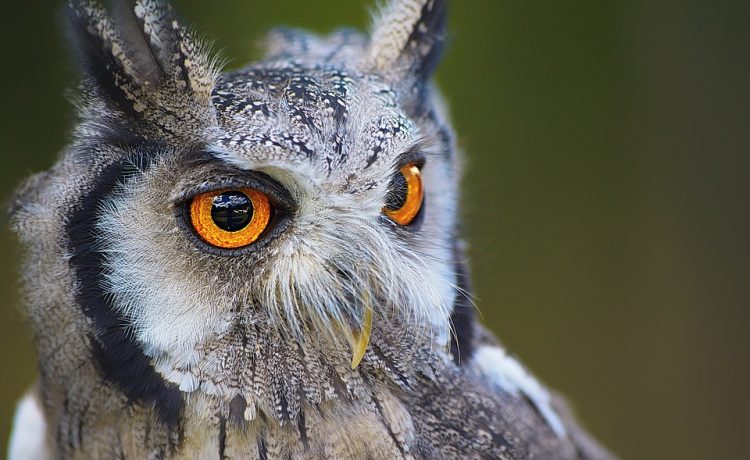Photography is more than just pressing a button; it’s an art form that captures moments, emotions, and stories. With a Canon camera in hand, beginner photographers have a powerful tool to explore this creative journey. Whether you’re holding a DSLR or a mirrorless camera, mastering the art of photography can be an exciting and fulfilling endeavor. Here are some valuable tips and tricks to help you get started.
1. Know Your Camera
Before diving into photography techniques, take the time to familiarize yourself with your Canon camera. Read the manual, explore different settings, and understand the buttons and features. Key aspects to focus on include:
-
Modes: Experiment with various shooting modes such as Auto, Aperture Priority (Av), Shutter Priority (Tv), and Manual (M). Each allows you different levels of control over exposure settings.
-
Menu Navigation: Explore the camera’s menu. This is where you can customize settings, update firmware, and adjust image quality and resolution.
2. Understand Exposure
Getting the exposure right is crucial for quality photographs. Exposure is determined by three components, often referred to as the “Exposure Triangle”:
-
Aperture (f-stop): Controls the amount of light that enters the camera and affects the depth of field. A lower f-number (e.g., f/1.8) results in a blurrier background, whereas a higher f-number (e.g., f/8) offers more depth of field.
-
Shutter Speed: Determines how long the camera’s shutter is open. Faster shutter speeds (e.g., 1/1000 sec) are great for freezing motion, while slower speeds (e.g., 1/30 sec) can create motion blur.
-
ISO: Dictates the camera’s sensitivity to light. A lower ISO (e.g., 100) is ideal for bright conditions, while a higher ISO (e.g., 1600 or 3200) is useful in low light but can introduce noise.
3. Composition is Key
Great photography often relies on strong composition. Here are some techniques to enhance your framing:
-
Rule of Thirds: Divide your frame into a 3×3 grid and position important elements along these lines or at their intersections. This creates balance and interest.
-
Leading Lines: Use natural lines in your environment, such as roads, pathways, or rivers, to guide the viewer’s eye towards your subject.
-
Framing: Use elements like trees or windows to frame your subject, adding depth and focusing attention on it.
4. Experiment with Natural Light
Lighting plays a crucial role in photography. Natural light can be your greatest ally. Here are some tips to work with it:
-
Golden Hour: Shoot during the golden hour—around sunrise or sunset—when the light is soft and warm.
-
Diffused Light: On cloudy days, take advantage of the diffused light, which reduces harsh shadows and highlights.
-
Backlighting: Position your subject with the light source behind them to create dramatic silhouettes or capture the glow of edges.
5. Use Canon Lenses Effectively
Canon offers a wide range of lenses, each serving different purposes. Consider these tips:
-
Standard Zoom Lens: A versatile choice for beginners, allowing you to capture landscapes, portraits, and close-ups (e.g., 18-55mm lens).
-
Prime Lenses: Fixed focal length lenses (such as 50mm f/1.8) often provide better image quality and wider apertures, excellent for low-light conditions and portraits.
-
Experiment: Try out different lenses or focal lengths to discover what suits your style best.
6. Practice Makes Perfect
The only way to improve your photography skills is through practice. Here are a few ways to incorporate regular practice into your routine:
-
Set a Challenge: Take on a daily or weekly photography challenge, focusing on different themes or techniques.
-
Join Groups: Participate in photography clubs or online forums where you can share your work and receive constructive feedback.
-
Analyze Your Work: Review your photos regularly to identify areas where you excel and aspects you wish to enhance.
7. Post-Processing Skills
Editing is an integral part of modern photography. Learn basic post-processing skills to enhance your images:
-
Software: Familiarize yourself with popular editing software, like Adobe Lightroom or Canon’s Digital Photo Professional.
-
Basic Adjustments: Focus on essential skills, such as cropping, adjusting exposure, contrast, saturation, and sharpness.
-
Presets: Explore presets that can speed up your editing process and provide different moods to your images.
Conclusion
Mastering the art of photography with a Canon camera is an enriching endeavor filled with learning and creativity. By understanding your camera, experimenting with exposure and composition, and practicing regularly, you’ll cultivate your skills and develop your unique style. Remember to enjoy the process—each photograph is not just a moment frozen in time but an expression of your artistic vision. So grab your Canon, step outside, and start capturing the world around you!






